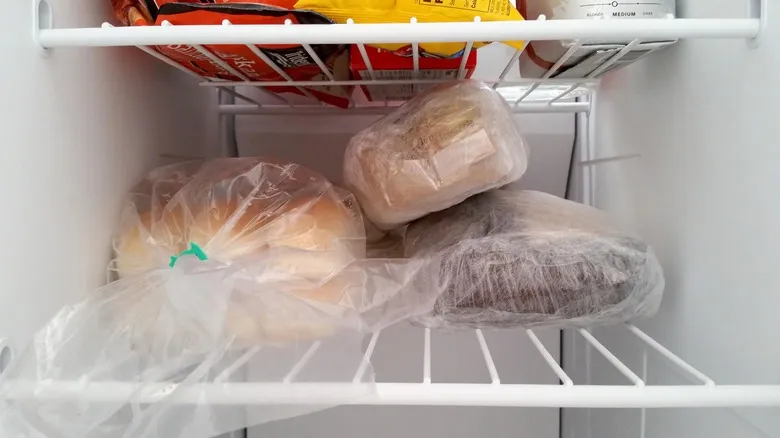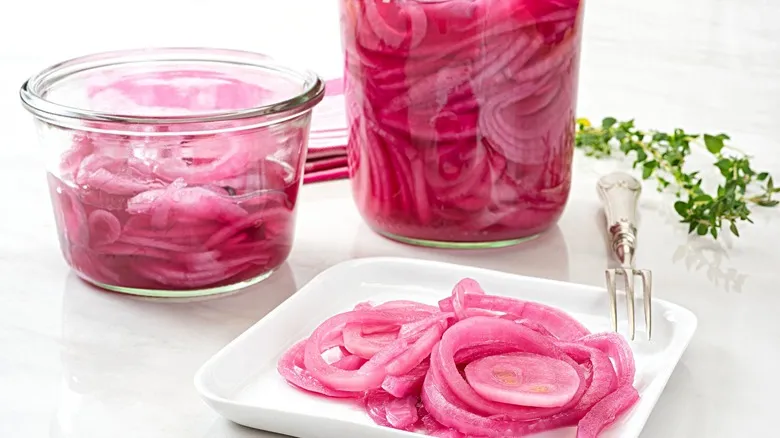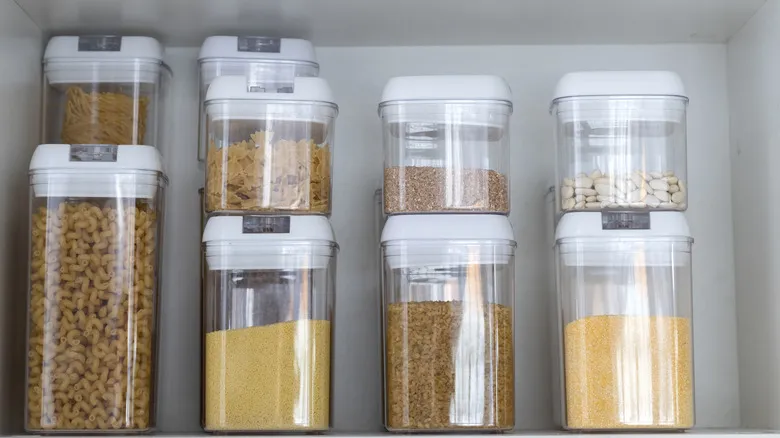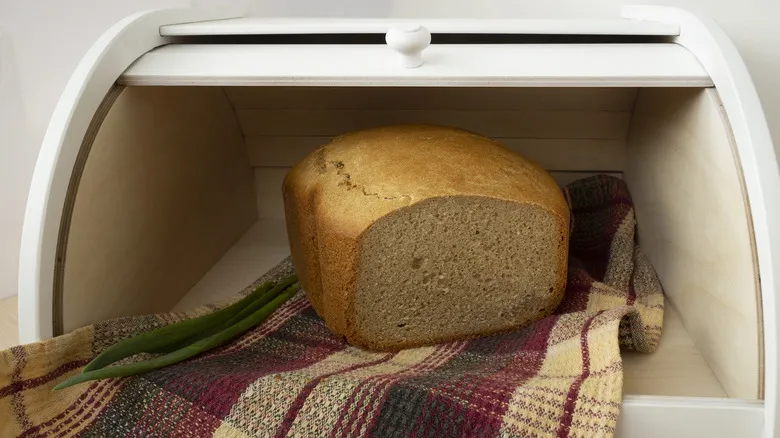Best bread storage options

To maintain a crispy crust and a soft interior, store your bread in a bread box. This container offers just the right amount of ventilation to prevent moisture buildup, creating a cool, dry environment for your bread. While using a bread box may cause bread to become stale more quickly, it helps keep the crusts firm and crunchy, preventing them from becoming too soft.
Thanks to the acidity produced during fermentation, sourdough can be left on the counter, cut side down, for the first day. After 24 hours, it’s best to store sourdough in a bread box or a brown paper bag. Softer breads, on the other hand, should be kept in a plastic bag, which helps maintain a soft crust and a fluffy interior.
You might be tempted to put sliced bread in the refrigerator to keep your counters tidy. However, while the fridge can protect loaves from mold, the cold environment actually accelerates the staling process. The low temperatures cause the starch in the bread to recrystallize, resulting in dry and tough bread. Unless you’re looking for stale bread quickly (which is great for recipes like French toast or panzanella), it’s best to avoid the fridge.
If you plan to keep your loaf for an extended period and won’t consume it within a week, consider freezing it to prevent staleness.
Recommended

Should You Be Storing Tomatoes At Room Temperature Or In The Fridge?

Take One Extra Step To Make Quick Pickled Red Onions In A Flash

One Of The Worst Mistakes You're Making With Kitchen Pantry Space

Why Removing The Blossom Ends Of Your Cucumbers Before Pickling Is A Must
Next up

